Home »
Misc »
How to break a press youth basketball
How to break a press youth basketball
1-4 Press Break to Score on Any Full-Court Defense
There are many factors that go into winning and losing basketball games:
- Shooting
- Rebounding
- Free Throws
- Press Break Offense
However, at the high school level and below, I don’t think anything will lose a game faster or more frequently than a team’s inability to handle pressure.
We've probably all had teams that have excelled in a controlled half court game, but immediately lost their poise when the opponent began to press.
As a coach, there’s nothing more frustrating than helplessly watching from the sidelines as your team commits countless turnovers when the other team extends its defense.
But it doesn’t have to be this way!
One of the most important jobs a basketball coach has is to equip players with the skills, mindset, and alignments needed to attack pressure.
Each of these elements is crucial – without one, the other two are not nearly as effective.![]()
The 1-4 press break is one sound way of attacking man or zone full court pressure.
Check out the diagrams and options below to see if this type of attack will work for your team.
Utilizing the 1-4 Press Break
One of my favorite ways to attack full-court pressure (man or zone) is with the 1-4 press break.
Below I’ll tell you why you should use it and I’ll show you how it works.
Let’s get started:
Benefits of the 1-4 Press Break:
a. Can be Effective Against Man and Zone PressesThe best press break alignments are versatile. Against a team that changes defenses, you don’t want your players looking to the sideline waiting for a play call. The 1-4 alignment eliminates that confusion because it can be used against any pressing defense.
b. The Alignment Makes Denial More DifficultSome pressing teams try to deny all inbound passes. If your alignment has players deep down the floor, the defense will be able to do this more effectively.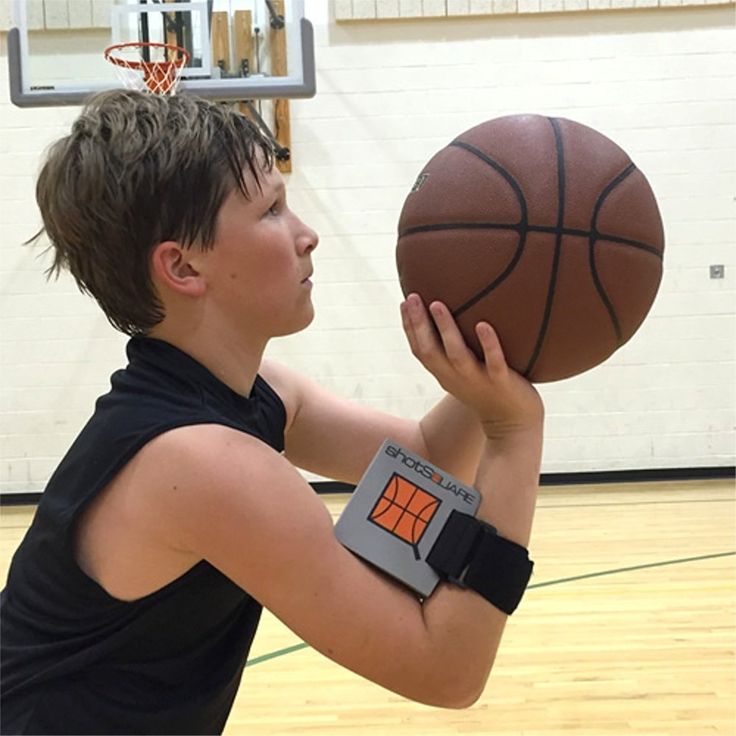 By bringing all players up, it eliminates back side help, opening up potential deep passes if the defense denies.
By bringing all players up, it eliminates back side help, opening up potential deep passes if the defense denies.
c. Forces Opponent’s Post Players to Defend Full CourtThis is another benefit of bringing everyone up against a press. Opponents will need to make a choice: Do I bring up everyone, including a potentially slower post player, or do I just let the ball inbounds? Against many teams, either option could benefit the offense.
d. You Can Attack to ScoreMost 1-4 press breakers eventually send a player down the floor. This still allows your team to hunt layups after it breaks the press. In fact, having a player start high and then break down the floor is more difficult to guard than simply stationing a player deep for the whole possession.
e. It’s FlexibleThere are many things you can do out of a 1-4 alignment. We will show a few options in the next section, but you can use your imagination to adjust the press breaker to fit the personnel on your team.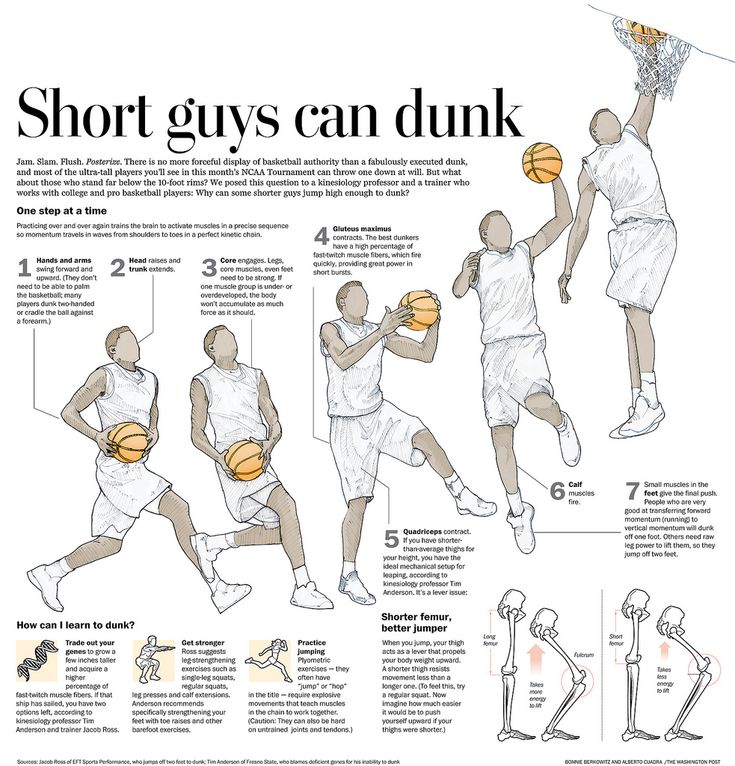
1-4 Press Breaker Options:
Option #1: 1-4 Alignment vs. Zone PressureCommon zone presses include the 2-2-1, 1-2-2, and 1-2-1-1 presses.
This alignment can be effective against any of these looks.
Consider the best way to use your personnel.
For example, do you want your point guard to receive the first pass, or would you rather he or she attack up the floor on the second pass?
In the diagrams below, notice how the offense maintains sideline, middle, reverse spacing.
In these diagrams, the fifth player is used in the “deep diagonal” position.
If the ball is reversed, players fill both sidelines and the middle.
Option #2: 1-4 Alignment vs. Man-to-Man PressureAgainst man pressure, you probably want to set screens to help your players get open.
This can be done in many ways, but one option is diagrammed below.
Again, players can be positioned however suits your team, but notice one important detail in the diagram:
Player 5, typically a post player, sets the second screen for Player 1, the point guard.
This is usually a good idea because two advantages could be created against a switching defense.
First, your point guard will usually be quicker than the opposing post player.
Second, your post player should be able to seal an opposing guard.
Another possibility is for Player 5 to screen his or her own defender, making the switch more difficult.
If the ball is inbounded to a good ball-handler, you can clear out of their way vs. a man-to-man defense.
Some defenses will not trap, instead choosing to pressure the ball handler 1-on-1.
If this is the case, your guard should not have trouble and it is better to give them space.
Some teams will let the ball handler start to dribble, then will leave from another player and trap. This is where the pullback dribble is necessary.
In the diagrams below, notice how, as the trap occurs, Player 1 uses a few pullback dribbles and the other teammates are “pulled” to the ball handler into the sideline, middle, reverse position.
Option #3: 1-4 Alignment vs. Extreme DenialTeams that completely sell-out to deny the inbound pass can be very difficult to play against.
While the second option can certainly be effective against these teams, you may want to have another option as well.
This look is good for teams that negate your screening actions with effective switching.
For example, athletic teams with five players of similar size and quickness may be able to switch without giving up significant size or speed disadvantages.
Against those teams, it may be smarter to maximize space rather than setting a lot of screens.
In the diagrams below, the defense is in a full court man-to-man face-guarding defense with the inbounder’s defender playing “centerfield.”
The offense counters by all four potential pass receivers walking their defenders as close to the baseline as possible. This shortens all passing options and creates even more space to operate.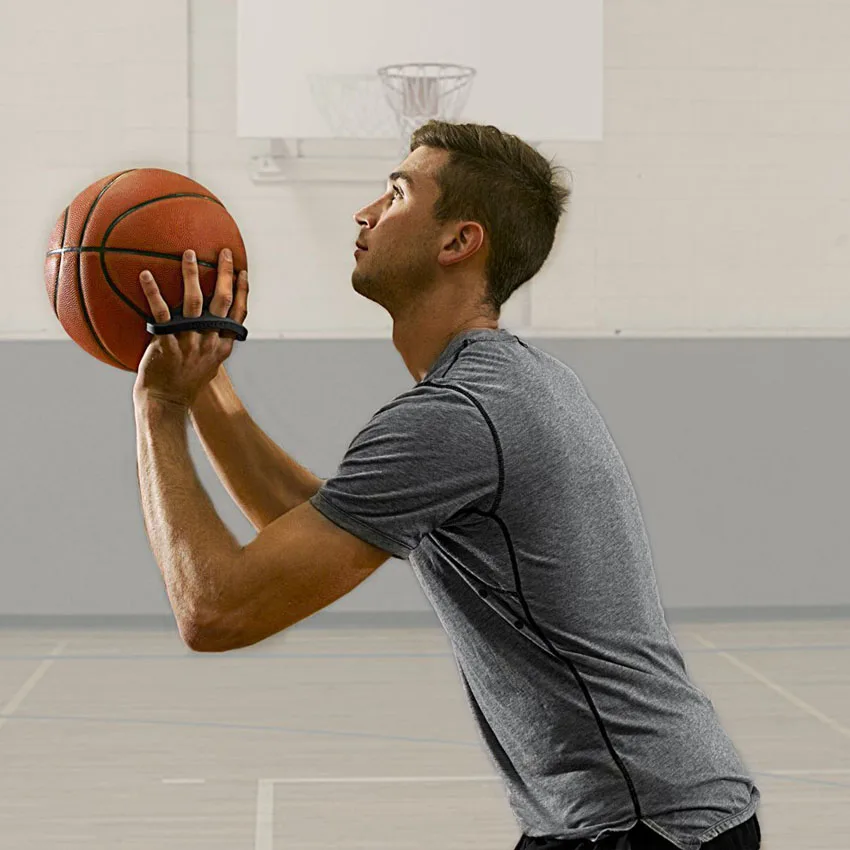
Once the ball is inbounded, all offensive players should have an advantage.
The ball-handler can simply read the centerfielder and pass the ball ahead.
This is a great way to alleviate pressure by forcing the defense to become less aggressive.
8 Press Break Tips and Skills to Master:
a. Screen and Seal vs. DenialNo press breaker will be effective if you can’t inbound the ball safely.
If you’re facing a team that denies the inbound pass, you probably want to utilize screens to help free your ball-handlers.
However, your screeners MUST be ready to receive a pass after screening.
This is because many pressing defenses will switch all screens.
If a player screens a teammate’s defender, he or she should pivot in a way that keeps the switching defender on their back.
b. Screen Your Own Man vs. SwitchesAnother strategy against a switching defense is to screen your own defender.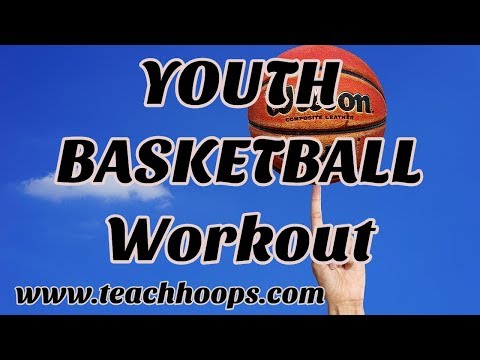
Think about it...
If the defense wants to jump out and switch on all screening actions, screening your own defender makes it difficult for them to do that.
This type of screen can free a teammate to receive the ball.
c. Run the Baseline After MakesFinding a good inbounder is sometimes difficult.
One simple habit to teach your inbounders is to run the baseline after a made basket by your opponent.
If the strong side of the floor is not open, the inbounder can run to the other side to explore options there.
This shortens a potential pass to the opposite side.
d. Sideline, Middle, ReverseThis is a crucial part of attacking man or zone presses that like to trap.
Any time there is a trap, you want (1) sideline, (2) middle, and (3) reverse options.
Some coaches like the fifth player to be diagonal, while others prefer him or her to be deep.
Regardless, these first three options are essential.
This is because it is very difficult for the defense to put two players on the ball while still covering sideline, middle, and reverse options.
With proper spacing, the player being trapped must simply remain poised and find the open teammate.
e. Use Ball FakesFull court presses are, by nature, aggressive defenses.
Jumpy defenders can be moved and manipulated with clever ball fakes.
If you want to pass to the middle, fake a pass up the sideline, or vice versa.
Ball fakes can take some of the aggression out of a defense.
f. Pullback Dribble vs. TrapsThis is the most important type of dribbling against trapping defenses.
Many man or zone presses attempt to bait the ball handler into dribbling before coming to trap.
This is fine.
Good players don’t mind being trapped because they know that traps create openings for the offense. However, you must create space to make those passes.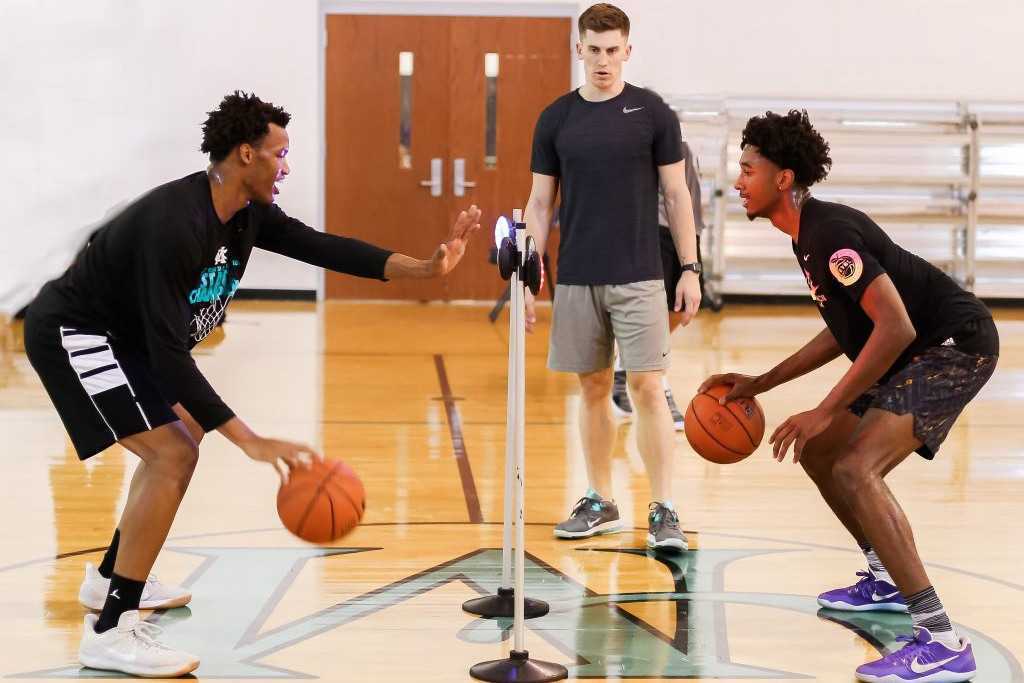
Pullback dribbles allow you to get that space.
Execute a pullback dribble by turning your shoulders so that the ball is behind you, putting your chin on your top shoulder so that you can see the floor, and taking big push steps back to create space.
As a ball handler uses a pullback dribble, his or her teammates should come back to the ball to shorten the pass. Think of it as the ball handler pulling teammates toward them.
Skilled ball handlers may be able to pullback and attack the other direction off the dribble (“pullback and reattack”), but most players will want to beat the press with the pass.
g. Play With Your Eyes UpThis sounds simple, but it is harder to execute when facing a double-team.
Players must be trained to maintain vision of the floor.
Most full court presses leave a player, sometimes multiple players, open down the floor.
The problem is that ball handlers panic and simply don’t see them.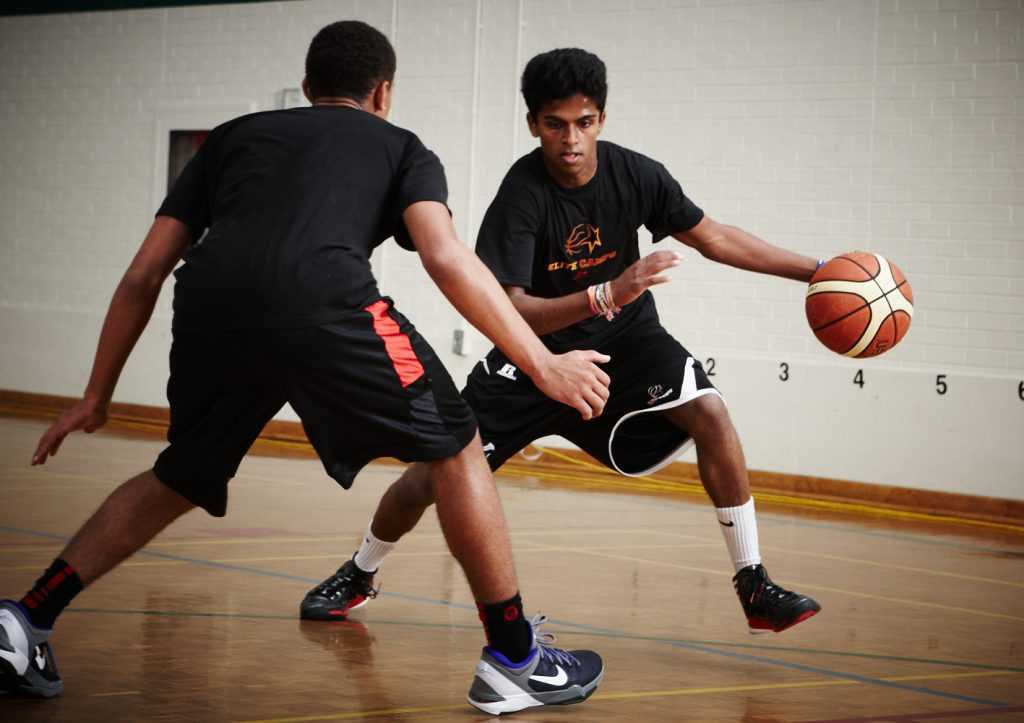
Emphasize vision in practice and reinforce it through the use of film so that your players learn the importance of seeing what options are available.
h. Score Early or Late in the ClockTeach your players that the goal of press offense is to SCORE!
If you are content with simply getting the ball across half court and running offense each possession, there is no risk for the defense and they will just press more aggressively.
However, shot selection is crucial when playing against full court pressure.
Your first priority should be attacking the press for a layup.
If a layup (or a quality shot from a good shooter) does not materialize, then you can run your offense and seek a better shot.
Remember, many pressing teams want to speed you up.
If your press offense only creates quick long-range jump shots, you are probably playing right into the hands of the defense.
Conclusion:
At some point in your season, you will encounter a team with strong full court pressure.
Will your players be intimidated, or will they feel prepared to attack the defense for layups on the other end?
By emphasizing the proper skills, mindset, and alignments, you can prepare your team to excel in these high-pressure moments.
Basketball Press Breaker
Summary
This press breaker works extremely well against teams that pressure the inbounds pass. If your team is struggling to get the ball inbounds, try this play and I can almost guarantee you'll see a big difference and reduce turnovers.
Personnel
Player #5 and #4 are generally your post players. Players 1, 2, and 3 should be your best ball handlers.
Instructions- Start by simply lining up your players as shown in the diagram.
- If you're facing a zone press that is pressuring the inbounds pass, you'll find that you'll be able to easily inbounds the pass to one of the outside players.
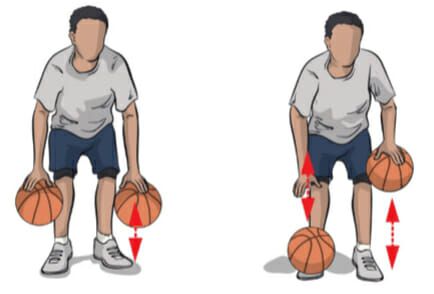 If you're facing a full-court man-to-man press that is denying the inbounds, you'll want your outside players to break down the court as shown in the diagram below. - Assuming the ball was not immediately thrown to one of the outside players, you'll want Player 1 and Player 2 to set screens for each other trying to get open.
TIP: If the defense is denying the inbound pass, teach your guards to position their body between the passer and their defender. It's just like a post player using their pivot to establish position and seal their man to get the ball. This is an extremely effective method to get open. Simply back pivot into the defender, seal him behind you, and call for the ball. - If the ball is thrown to Player 1 or 2, then the rest of the team should get in their press breaker positions and work the ball down the court. If it's man-to-man, everyone should clear out and run down the court so the guard can bring the ball up.
- If the ball is thrown to an outside player, follow the sequence in the diagrams.
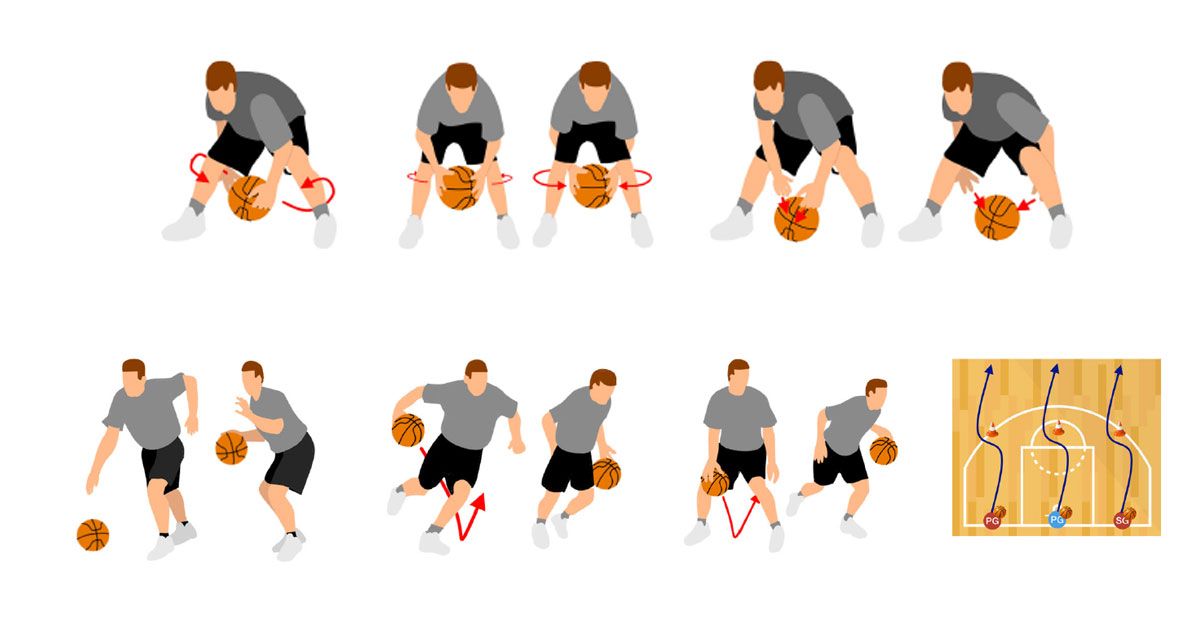 - Once Player 4 receives the ball, Player 2 should cut and run down the court looking for the ball. If he's open, Player 4 should pass him the ball and Player 2 might be able to dribble all the way down the court.
- Player 3 should maintain spacing and cut a split second after Player 1 begins to run down the court. Many times, Player 3 will be wide open for the pass because the previous cut drew the defensive players away. If open, Player 3 might be able dribble all the way down the court for an easy fast-break opportunity.
- Once the ball is passed to Player 2 or 3 and they could not dribble up the court, the other players should get in their normal press breaking positions (assuming it's a zone press).
The pass usually goes to Player 3. This diagram shows the positioning in that situation. - Player 3 should immediately look at Player 5 running down the court. Many times all the cutting on this side of the court opens up the other side, sometimes for a lay-up.
 If Player 5 is not wide open, look to the middle for Player 2 coming back to the ball. Advance the ball to Player 4. Or reverse the ball to Player 1. - Keep reversing the ball until you can advance the ball up the court or hit the player in the middle.
* The best thing about this play is that by lining up your players at the beginning, it's much easier to inbound the ball against pressure. And the cutting afterwards really opens up the court, especially if you have a couple players that can really run and handle the ball.
|
|
|
For a press breaker offense and strategy to avoid turnovers, you can reference Universal Press Breaker Offense & Strategy
What do you think? Let us know by leaving your comments, suggestions, and questions...
Subscribe to our free monthly newsletter to receive new drills, plays, scoring tips and coaching strategies,
plus three free eBooks with over 270 pages of our favorite basketball drills and plays!
Laws of the genre.
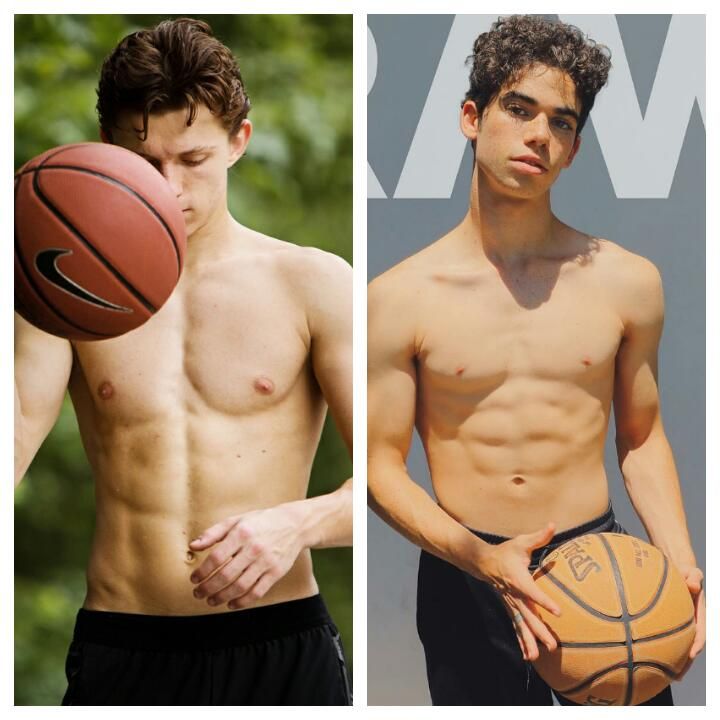
5 Examples of Unexpected Evolution of the Rules Today, basketball is a multi-billion dollar industry, and the set of rules for the game itself will be heavier than Joyce's Ulysses and Tolstoy's War and Peace combined.
The first regulation was limited to only 13 laws (not surprising - it took James Naismith about 40 minutes to compile the original version), today it is more than 50 rules, flavored with all sorts of footnotes and clarifications, as well as a lot of nuances that in some cases contradict themselves.
Some of them you didn't even suspect, others the players themselves don't even know about, although they follow them one way or another. Today we will tell you about unusual cases related to the principles by which there is the best ball game in the world.
5) No Throws
The dunk is by far the most popular and spectacular element of basketball. While the basketball player casually overcomes the laws of gravity, the mesmerized spectators squeal with delight, and the team gains 2 points.
In the original interpretation, not only overhead throws, but even dribbling was considered a violation, and basketball was like a cross between dodgeball and American football. Only after years of evolution, to attract an audience and increase the attractiveness of the game, the rules were amended.
Nevertheless, in some places even today one can see the influence of antiquity. For example, in many high school leagues it is forbidden to hit from above during the pre-match warm-up. You can show off during the match, and if you have the strength and desire - after, but during the preparation - no, no. Disobedience is punishable by a technical foul, free kicks by the opposing team and an additional attack from their side. A loud "fi" and general censure will fall on the one who, out of vehemence, manages to strike from above and break the shield during the warm-up, in which case the team may even count a forfeit defeat.
So from now on, before you swagger in the warm-up, you can amuse your pride by remembering that for some this is an unaffordable luxury.
Photo: © Gettyimages/Fotobank.ru
4) Basketball hat-trick
points, assists and rebounds). It's about how the principle of breaking free kicks functioned in the days of old Naismith. You should start with the fact that there were no penalties at all.
If one team committed three fouls before the opponent managed to foul at least once, the extra point went to the most disciplined team. Also, an additional bonus could fall if a player of one of the teams hit or kicked the ball, committed a rude and deliberate action against the opponent, and also pulled with putting the ball into play.
If a player received two fouls, then he was disqualified for the duration of his team's attack, and only then did he get the right to return to the game. Such a peculiar and slightly more humane version of the removal in football. By the way, the greats of the football world are now seriously considering introducing temporary disqualifications.
What to take from these retrogrades, the guys were a little more than half a century late, we already went through this in basketball.
3) From your own backboard to your own hoop - "non-shield"
How many times in NBA cuts have we been shown moments when a player scored into his own hoop, but if you think about it, in most situations it was the result of a stubborn struggle under the backboard. And this is precisely the only reason why such hits are counted.
In fact, in the NBA there is a rule according to which the ball scored into its own ring is not displayed in any way on the total score. Previously, in the early days of basketball, "own goals" happened in almost every match, and in order to reduce the number of mistakes and not turn the game into a big top, it was decided to change the rule.
The last major precedent regarding deliberately falling into one's ring occurred in 2009. New York Knicks NBA player Nate Robinson, deciding that the match ended in the last seconds of possession, threw the ball into the ring from the middle of the court. A funny nuance was that the ring was his own.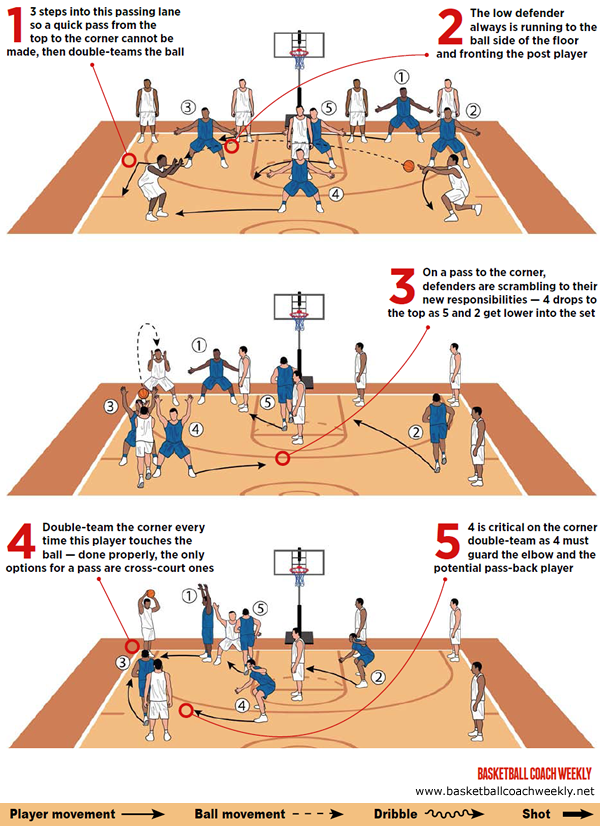 And even though the hit was never counted, Robinson had to listen to a lot of interesting and informative things from his coach.
And even though the hit was never counted, Robinson had to listen to a lot of interesting and informative things from his coach.
2) Sports of real men
Photo: © Gettyimages/Fotobank.ru
It's no secret that basketball was originally conceived as an alternative to American football, which was difficult to play in the winter. It was with the idea of creating a much more practical and much safer sport that James Naismith set about creating his brainchild.
Basketball has undergone many changes, and today we can say that the original idea was only partially realized. The desire to change the rules in the name of increasing the pace and entertainment has led to the fact that in the United States basketball is the second most traumatic sport after the notorious American football. Bones, muscles, tendons crack, tear and break in basketball a little less than in America's most popular sport. So the hour is not equal, soon you will have to adopt innovations from hockey and equip basketball players.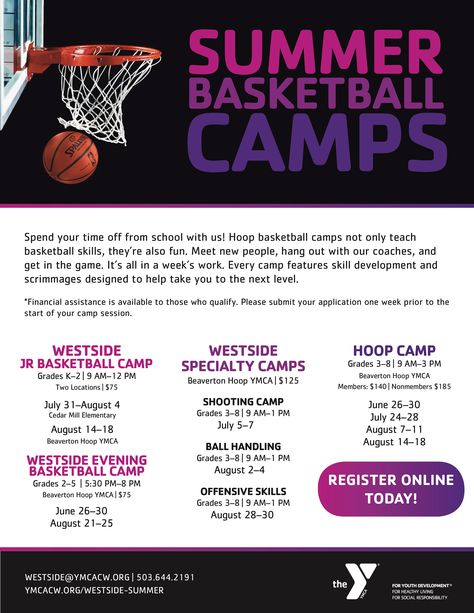
1) Taste and color…
Photo: © Gettyimages/Fotobank.ru
The most common and recognizable basketball symbol in the world is, of course, the orange ball. But initially they didn’t think much about the color of the projectile. Given that the role of basketball hoops was originally played by peach baskets, this is not surprising.
The first balls were analogues of ordinary footballs - brown, made of rough leather and tightened with tight lacing. They bore little resemblance to what modern balls look like. Over time, they began to experiment with coloring, painting balls in different colors of the rainbow. Rampant fantasies were pacified only at 1950th, when all the balls were brought to a common denominator, finally setting the standard sizes and colors. By the way, the orange color was chosen not only because of its brightness, but also as a kind of reference to the “fruity” past of basketball baskets.
“Turned the game into overtime - and Eremin said: “Don’t be arrogant!” He played in UNICS, and now he is responsible for the youth of Zenit
Big interview with Igor Zamansky.
Former player of UNICS, Spartak, Khimki, Triumph and Krasny Oktyabr gave 19 years of professional basketball Igor Zamansky , and at a new stage he devoted himself to youth basketball. For the third year, the ex-basketball player has been heading the academy of Zenit St. Petersburg, the reigning champion of Russia, which interrupted CSKA's hegemony in the VTB United League this year.
In an interview with BUSINESS Online, Zamansky spoke about the preparation of the reserve for the St. Petersburg team and the path of young Russian players. The former UNICS player also remembered the best seasons in Kazan, spoke about his friendship with Petr Samoylenko and by Vladimir Veremeenko , and also told who he rooted for in the semi-final series between Zenit and UNICS.
Photo: UNICS press service “My course for the academy is 20 years of professional basketball”
– Igor, now you are the director of the Zenit academy. Tell us what is included in its structure?
Tell us what is included in its structure?
- A large number of teams, from super league to children's school teams. If we talk about the latter, then we have children's preparatory groups, they are scattered throughout the city. There are more than ten of them, and children of eight to ten years old are engaged there. Seniors represent the team in the Superleague, in the VTB United Youth League, in the Junior Junior League. Zenit-UOR are the champions of the Junior Junior League, plus now we are thinking about another team.
In addition, the system includes the Kupchinsky Olympus, Zenit-Central and Zenit-Admiralteyskaya schools. All this can be called the structure of the youth project "Zenith".
– Is there a boarding school at the academy?
- Yes. One of our team lives there - "Zenith" -UOR.
- When recruiting new players, does the academy rely on St. Petersburg residents or are young athletes from all over Russia considered?
- Naturally, we mainly look at the St. Petersburg guys. But if young promising athletes from other cities appear, then we can take them from there. That is, it is not necessary for us that since Zenit is a club from St. Petersburg, then all players must be from St. Petersburg. But all the same, eighty percent of each team are players from St. Petersburg.
Petersburg guys. But if young promising athletes from other cities appear, then we can take them from there. That is, it is not necessary for us that since Zenit is a club from St. Petersburg, then all players must be from St. Petersburg. But all the same, eighty percent of each team are players from St. Petersburg.
– Is the training of young players at Zenit different from other VTB United League teams?
- I think there are differences, but it's hard for me to say what kind of training is in other clubs. At Zenit, we try to ensure that our young players perform at an exceptionally high level. Of course, sometimes I communicate with the leaders of other youth teams of the VTB United League, I have a rough idea of what they have built. However, you can’t compare here - each club has its own.
– In recent years, young Russian basketball players are increasingly leaving for the NCAA, youth projects in Spain and other countries. Do you welcome such a departure?
– Of course, I don’t know what conditions the guys are leaving for – it’s possible that they are good. At the same time, we would like our best guys to stay with us. But that decision is up to them and their parents.
At the same time, we would like our best guys to stay with us. But that decision is up to them and their parents.
– This year Zenit-UOR won the Junior League, and Zenit-M won the VTB Youth League. Is the club's academy going through its best years?
- Can't say if it's the best or not. The structure of the academies is built in such a way that it is impossible to take and make everyone champions in one year, this applies to absolutely any team. This is all happening progressively. And so it happened this year: two or three years, the guys grow up, gain experience. This year we have the victories of the DUBL, the youth team and the main team - triple gold.
Now we are in a transitional period: the guys from CYBL moved to the youth team, from the youth team to the super league. From there, we hope and want to play for the main team. Therefore, we are trying to reach this goal.
Photo: © Roman Kruchinin, RIA Novosti - When you were still a player, did you imagine that you would take the position of director of the Zenit Academy?
- Actually, I didn't think about it. I knew that I would definitely not be a coach, at least for young players. Because I would not have the patience, and the coaches should have it. However, in training, I can suggest - what even happens, the players listen to me.
I knew that I would definitely not be a coach, at least for young players. Because I would not have the patience, and the coaches should have it. However, in training, I can suggest - what even happens, the players listen to me.
- What is your average day at work?
– I join the trainings, but only from the outside: I watch how the guys work, how the coaches, doctors, administrative staff do it. I go to almost every workout, so I see everyone, I know everything about everyone. When the leadership comes, the guys work differently. In addition, I also have an administrative job.
– Before you became the director of the academy, did you take courses for this specialty?
- My course is 20 years of professional basketball. That is, after such an experience, I became the director of the academy.
- Are you connected to the main team of Zenit?
- I am present at the training sessions of the main team. Javier Pascual quietly allows all staff - and is especially welcome for youth team coaches - to be in class. I come to observe the training process, maybe I will pick out something for myself from this. However, now my task is a youth project.
Javier Pascual quietly allows all staff - and is especially welcome for youth team coaches - to be in class. I come to observe the training process, maybe I will pick out something for myself from this. However, now my task is a youth project.
- You have been the director of the academy since 2019. Is it possible to sum up small intermediate results of your activities?
– Actually, it wasn't easy. At the same time, the work was carried out from the very first days and at the moment the results are positive. I see this in the players too: who tries and wants, who trains - it all catches your eye and stands out. More than once I invited Pascual to the games, he himself singled out several players, and they are on the pencil of the first team. I myself most of all want them to play at the base of Zenit. I hope we will see someone there this year.
"Russian basketball is not in decline"
– Will the demand for young players increase due to all the recent events related to the isolation of Russian basketball?
- We will see young people not because of the reduction in the limit on foreign players or the reluctance of foreigners to go to the country, but because of the sports principle. There are always guys who stand out, and they will get into the first team. This was also noted by Pascual, and there is nothing artificial here.
There are always guys who stand out, and they will get into the first team. This was also noted by Pascual, and there is nothing artificial here.
- Can you agree with the phrase that the development of children's personnel is the number one task in such a difficult period?
– Of course. Each club wants its own pupils to play in the first team. Therefore, academies have been created so that these basketball players get into the first team.
- When you were still playing by yourself, Russian players played in the NBA, won gold at EuroBasket 2007. Now there is nothing like that. Does this mean that Russian basketball is in decline now?
- I think it's the other way around. The VTB United League is one of the strongest in Europe, so I can't say that Russian basketball is in decline. Our players stay to play in their native country because of the strong and high-quality basketball.
- Looking at the younger generation of Zenit and other academies, can you say that young players have a chance to adequately replace Alexei Shved, Timofey Mozgov, Nikita Kurbanov, who have been representing the national team for many years?
– Yes, of course. That is why academies have been created to worthily replace former leaders. Now everything is being done so that young players reach this level and there are more and more good Russian basketball players in the clubs of the VTB United League.
That is why academies have been created to worthily replace former leaders. Now everything is being done so that young players reach this level and there are more and more good Russian basketball players in the clubs of the VTB United League.
Photo: UNICS press service “In the confrontation between UNICS and Zenit, I supported the second team”
– In addition to victories in the academy, your main team also plays well. How did Zenit manage to beat CSKA in the final?
- I watched all the games live, I also came to Moscow. The two strongest teams in Russia met, there were seven matches, each game was played “on thin”, there was no huge advantage for someone. But Zenit won this year, so it was stronger in all respects. For example, Pascual outplayed Dimitris Itoudis. Summing up: we won, so we are stronger.
- During the series the score was 3 - 1 in favor of the army team, the next game was held in Moscow. Then did not say goodbye to thoughts about the title?
– No, of course not. You always have to fight to the last. That's when the final whistle sounds, then you lost and do nothing. And when there are chances to win, then you need to try to use them. In this component, Zenit was stronger. In addition, we won in Moscow - on the one hand, we did not please the fans on our site, and on the other, it's even more difficult.
You always have to fight to the last. That's when the final whistle sounds, then you lost and do nothing. And when there are chances to win, then you need to try to use them. In this component, Zenit was stronger. In addition, we won in Moscow - on the one hand, we did not please the fans on our site, and on the other, it's even more difficult.
– In the VTB United League semi-final series, Zenit played with UNICS. In one team you are now working, in the second you spent seven years. Whom did you root for in that confrontation?
- Of course, in that confrontation I supported Zenit. But I can say that I still communicate well with the management and coaches of UNICS. I flew to Kazan for two matches of the series, met with the management, we shared our experience both in youth projects and in the main team. Therefore, I know the structure of UNICS, it was interesting to hear about it.
In that series, the Kazan club appeared to be a difficult team, although it is always difficult. Knowing President Yevgeny Borisovich ( Bogachev - ed. ), I can say that only the highest goals are set there.
Knowing President Yevgeny Borisovich ( Bogachev - ed. ), I can say that only the highest goals are set there.
- Will the struggle between CSKA, Zenit, here and UNICS only increase next year?
- Yes, I think that next year in the VTB United League will be even more interesting. We follow with interest the signings of teams in the current off-season.
- For the first time since 2011, CSKA did not become the champion of the VTB United League. Is this the end of CSKA dominance?
- Of course, I don't know what's going on inside the Moscow club. I myself worry only about Zenit, I want my club to win as many trophies as possible and become champions even more often.
Photo: UNICS press service "I hope I'll find Veremeenko's number and we'll talk"
- Zenit beat CSKA last season, you also had the opportunity to experience it in your own skin. How does it feel to face CSKA in VTB United League matches?
– Yes, I won CSKA for both UNICS and Krasny Oktyabr. I know that many teams are especially tuned in to games with the army team. Still a multiple national champion. When you win against CSKA, it gives even more emotions than ordinary victories.
I know that many teams are especially tuned in to games with the army team. Still a multiple national champion. When you win against CSKA, it gives even more emotions than ordinary victories.
Although for me personally, there were no teams against which I would not be prepared to win. There was no such thing: I go out on the floor and know in advance that I will lose. In fact, why go out then? Therefore, I have always strived to win in any match, be it CSKA or another club. Although someone can give up slack when playing with outsiders. You think that you will win in the class, then you go to the court, but there is no victory. For this reason, you can not relax with any team.
- You had a long career, it lasted 19 years. What was the main achievement?
- It is impossible to note some major achievement. Still, there were important stages in his career: how he started playing basketball, how he got into Spartak St. Petersburg, how he was invited to UNICS, and then to other teams. All these moments are significant for me.
All these moments are significant for me.
- But most of your victories came in UNICS. Did you remember something in particular?
- I would say that not most, but all my awards, cups, medals are connected with my career in UNICS. I especially remember the match of the Russian Cup in Yekaterinburg - we then played against CSKA and won in an additional five-minute period with a score of 82:81. In regulation time, I converted a three-pointer from the shield and moved the game into overtime. That game is the most memorable. After that meeting, Stanislav Eremin came up to me and said: “Zamansky, just don’t be conceited.” I answered him: "It's too early for me."
- Can that match be considered the best in your career?
- No, that game was the most memorable. I still had the best matches, as well as just good meetings.
- In 2011, you won the European Cup with UNICS. What made that team special?
- Probably, it's not possible to say so right away.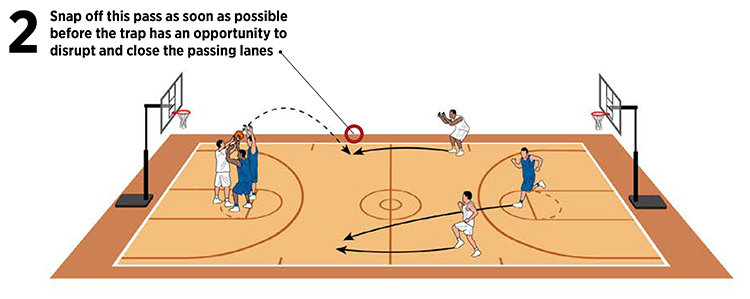 I remember that we won both the semi-final and the final with a difference of 15-20 points, let's say, we won relatively easily. In the final with the Spanish club Cajasol, as in all finals, there was a pleasant atmosphere. Besides, I always liked to play on the road, when you are cheering against you, when there are five or ten thousand spectators against you, who scream, whistle. I liked this kind of atmosphere. It gave me even more emotions, strength and desire to win.
I remember that we won both the semi-final and the final with a difference of 15-20 points, let's say, we won relatively easily. In the final with the Spanish club Cajasol, as in all finals, there was a pleasant atmosphere. Besides, I always liked to play on the road, when you are cheering against you, when there are five or ten thousand spectators against you, who scream, whistle. I liked this kind of atmosphere. It gave me even more emotions, strength and desire to win.
– Evgeniy Pashutin was in charge of UNICS that year. What kind of coach is he?
- All coaches in my career are special. They won both cups and medals. The same Eremin, the foreign specialists with whom I worked, each of them is special in his own way: each has his own philosophy, each approaches work, training and games in his own way.
- For a long time in UNICS you played together with Vladimir Veremeenko, who disappeared from the radar in the last couple of years. Do you communicate with him?
Do you communicate with him?
- We talked to him when he was still playing for Tsmoki-Minsk, but somehow not lately. I know very well that he likes to change numbers, so now I have no connection with him. But we spent five years together, we always lived together on trips. I hope that I will find his number and we will call him and talk.
- Maybe you can say hello to him, he will suddenly see the interview ...
- Vladimir, my big hello to you. I hope that I will also say hello to you personally, and we will talk there.
Vladimir Veremeenko (left) and Igor Zamansky (right) / photo: UNICS press service – In 2013, you left UNICS after five consecutive years at the club. You also had the first period (2001 - 2003), that is, in total you spent seven years in Kazan. Although most Russian players do not stay in clubs for more than a couple of seasons. How did you manage to play in the same team for such a long period of time?
- You sign a contract, go out on the court, play for the team, for the audience and for yourself.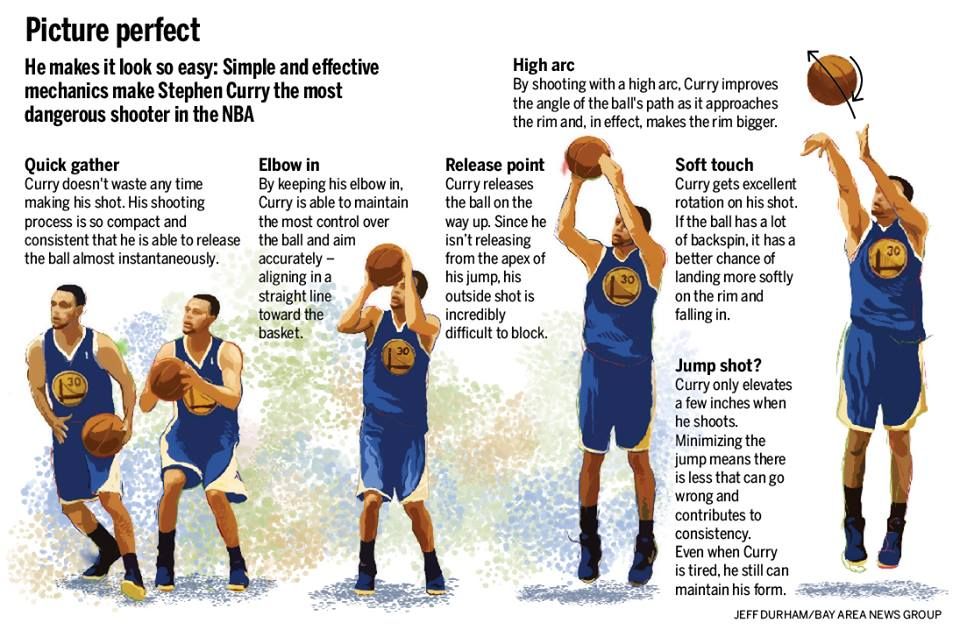 You always need to be in the best shape and benefit the club. If this succeeds, then the contract with you is extended. According to this principle, I spent seven years in UNICS. Although there were other proposals, but, as they say, they don’t look for good from good.
You always need to be in the best shape and benefit the club. If this succeeds, then the contract with you is extended. According to this principle, I spent seven years in UNICS. Although there were other proposals, but, as they say, they don’t look for good from good.
– Was it hard to leave UNICS?
– Honestly, it has always been hard for me to leave one club for another. Still, you get used to the management, coaches and partners. A good relationship develops with everyone - and then you need to move to another club where you don’t know a lot of people. It's always difficult. But such is our life as basketball players, this is how it works and nothing can be done.
- After the end of your career, you and Petr Samoylenko played in amateur competitions. It turns out that already at a respectable age basketball did not let you go?
- He still won't let go. I still play, train, since the gym is nearby - I went down the stairs and threw it into the ring.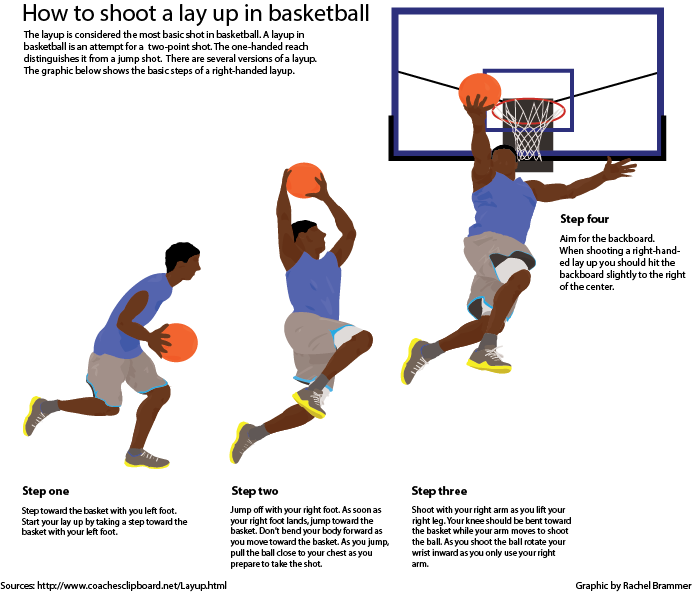 Basketball has not gone away from me and will not go away. Now I play in amateur competitions, get together with academies, management, coaches.
Basketball has not gone away from me and will not go away. Now I play in amateur competitions, get together with academies, management, coaches.
- And Samoilenko still plays in amateur competitions. Haven't crossed paths with him?
- After all, he only plays among Kazan teams, but I don’t remember that in Russian teams they intersected. Once we went to the Russian Championship, there were teams from different cities, Petya then played for St. Petersburg. Although, I don’t remember exactly, but we also played with him in the Crimea. He came there playing for the Kazan team "TANK088", but we did not play against each other.
Petr Samoylenko / photo: UNICS press service - Do you keep in touch with any former UNICS players?
- Just with Peter Samoylenko. Sometimes I see Sergey Chikalkin, I communicate with Valery Daineko. I call them up when I travel to other cities for a youth project. We try to meet whenever possible.
- You retired at the age of 38. Was it difficult to play in the last couple of seasons?
- You can play up to 45, but health is important here. The main thing is that there are no injuries, and this base is laid in childhood. Therefore, I am grateful to my children's coach, who laid that foundation in me. It turns out that for 19years of my professional career, I twisted my leg once, and it was insignificant. Thanks to this base, I played at the required level and did not feel tired. I could, in fact, still play in the Super League - there were offers from there - but I decided that enough was enough.
– Do you suffer from injuries now?
- No, with that one injury that was in my career, everything is fine now, I don't feel it. And to this day, I actively support the form. Therefore, there are no injuries with age either.
- In addition to the children's "base", is there a place for sports medicine when playing at a respectable age?
– Yes, but medicine is completely different now than it was 20 years ago when I was playing.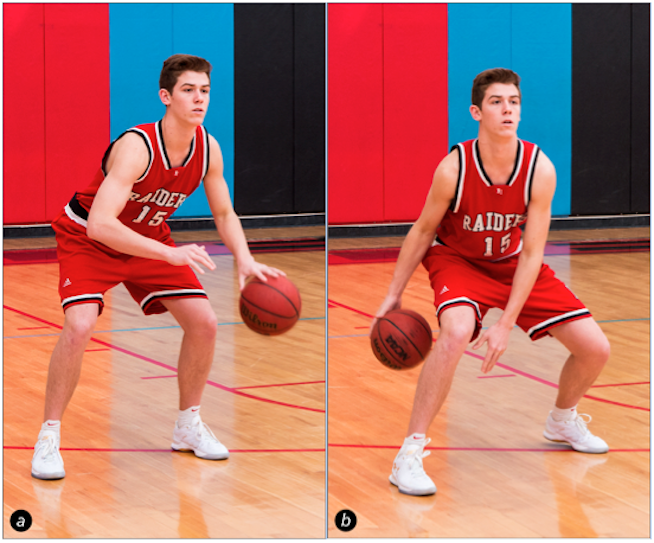 Progress does not stand still: some basketball players do procedures after each training session, which allows them to recover faster, devices have also appeared. I have never had this in my career, now in this regard everything is much better.
Progress does not stand still: some basketball players do procedures after each training session, which allows them to recover faster, devices have also appeared. I have never had this in my career, now in this regard everything is much better.
– Do you now think that you made the right decision to end your career at 38?
– Of course. If I accepted it, then it was my conscious decision that it was time to finish with professional basketball.
- How hard was it to make the transition from the life of a professional athlete to the life of an ordinary person?
– I talked to my friends about this topic. Some said it was hard, others said it was easy. I stayed in basketball, and the transition period was much easier than it could have been.
“My daughter has a soft hand”
– In 2010 you told that your son would be a basketball player. After 12 years, your words come true?
- Yes, he is now 14 years old, he plays in Olympus, in the team with which we cooperate.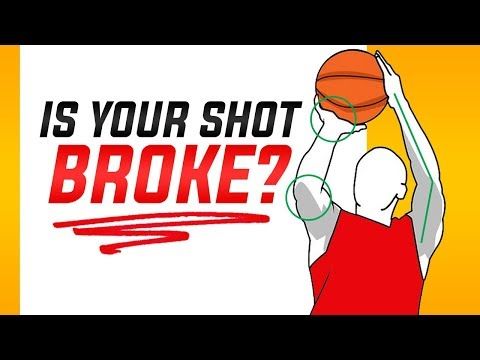 A month ago, he went to the training camp of the national U14 team, he was called there. I know that Zoran Lukic also came there ( head coach of the Russian national basketball team - red . ). But it's not like I force my son to play basketball. He wants to, tries and trains.
A month ago, he went to the training camp of the national U14 team, he was called there. I know that Zoran Lukic also came there ( head coach of the Russian national basketball team - red . ). But it's not like I force my son to play basketball. He wants to, tries and trains.
- Your daughter Daria Zamanskaya plays professional volleyball and is called up to the youth teams of Russia. Why did she choose this sport and not follow in her father's footsteps?
– It was easier with her. I always told her to watch it yourself, because basketball is a little bit specific for girls. She chose volleyball, she liked this sport since childhood. She is engaged in Dynamo-Ak Bars, won the European Championship and the World Championship with the national team. Now she's just in the training camp.
– Doesn't she play basketball?
- Plays when he comes in summer. At the same time, she has a very soft brush, just right for basketball.